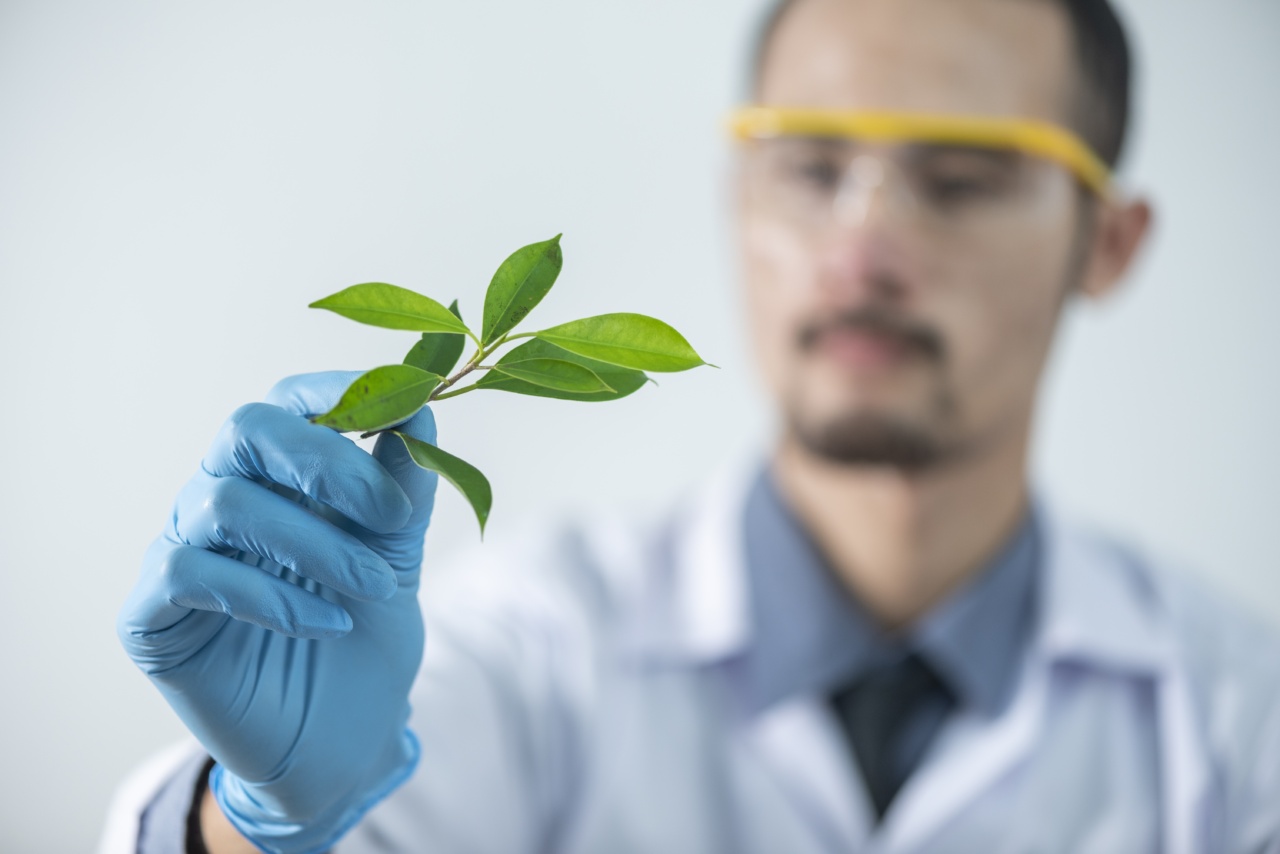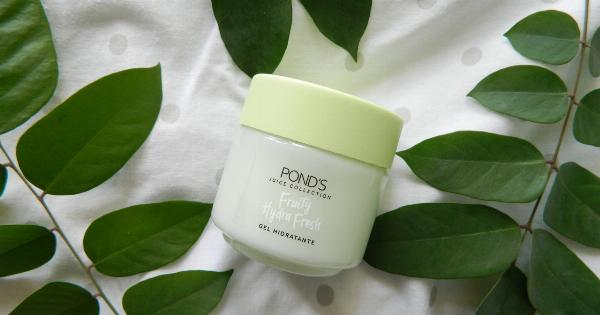Health experts worldwide are increasingly concerned about a deadly new threat lurking in our own skin – the killer pimple.
While pimples are typically regarded as just a common skin ailment, recent incidents have revealed that they can have devastating consequences, leading to severe infections and even death in some cases.
The Dangers of Untreated Acne
Acne, a skin condition characterized by pimples, blackheads, and whiteheads, affects millions of people worldwide. It is commonly associated with hormonal changes during adolescence, but it can persist well into adulthood.
While most cases of acne are mild and self-limiting, experts urge individuals not to dismiss the potential dangers of leaving acne untreated.
The Case that Shocked the World
In 2019, a young woman from Ohio, Sarah Johnson, tragically lost her life due to complications arising from an untreated pimple.
Sarah, like many teenagers, struggled with acne and did not pay much attention to a seemingly innocent pimple on her forehead. Unfortunately, the unnoticed pimple developed into a deadly infection, spreading rapidly to her brain. By the time she sought medical attention, it was too late.
Identifying the Killer Pimple
Health experts stress the importance of being able to differentiate harmless pimples from the potentially dangerous ones. While it can be challenging to determine without professional assistance, there are some signs to watch out for:.
1. Unusual Pain or Discomfort
If a pimple becomes excessively painful or causes unusual discomfort, it is essential to seek medical attention. While some level of sensitivity is normal, severe and persistent pain could indicate an underlying infection.
2. Rapid Growth or Spreading
If a pimple grows significantly in size or starts spreading to nearby areas, it should raise concerns. While pimples can naturally evolve and change, an alarming rate of growth may indicate an infection.
3. Redness, Swelling, and Warmth
While slight redness and swelling are common signs of pimple formation, extreme redness, significant swelling, and excessive warmth can all be indications of a severe infection.
4. High Fever or Systemic Symptoms
If you develop a high fever or experience other systemic symptoms like fatigue, body aches, or headaches in conjunction with a pimple, it may suggest an infection has spread beyond the skin.
Prevention and Early Intervention
To prevent a harmless pimple from turning into a life-threatening situation, health experts recommend taking the following precautions:.
1. Maintain a Consistent Skincare Routine
Regular cleansing, toning, and moisturizing of the skin can help prevent clogged pores, which are a primary cause of pimples. It is essential to use products suitable for your skin type and avoid harsh chemicals or excessive scrubbing.
2. Avoid Touching or Popping Pimples
As tempting as it may be, squeezing or popping pimples can introduce bacteria and other pathogens into the skin, increasing the risk of infection. It is crucial to resist the urge and allow the pimple to heal naturally.
3. Seek Medical Advice for Persistent or Severe Acne
If acne becomes persistent, widespread, or starts causing significant discomfort, it is advisable to seek medical advice.
A dermatologist can assess the severity of the condition and prescribe appropriate treatment options, reducing the risk of complications.
The Importance of Education and Awareness
Increasing awareness about the potential dangers of pimples and acne is crucial in preventing future cases of severe infections and fatalities.
Educational campaigns in schools, colleges, and online platforms can help individuals understand the importance of proper skincare and seeking medical attention when necessary.
Early Detection Saves Lives
Early detection and intervention are vital in preventing complications arising from acne. It is imperative for individuals, parents, and educators to be aware of the warning signs and take prompt action when necessary.
By recognizing the potential dangers of pimples, we can ensure that no more lives are lost to this seemingly innocuous skin condition.




























